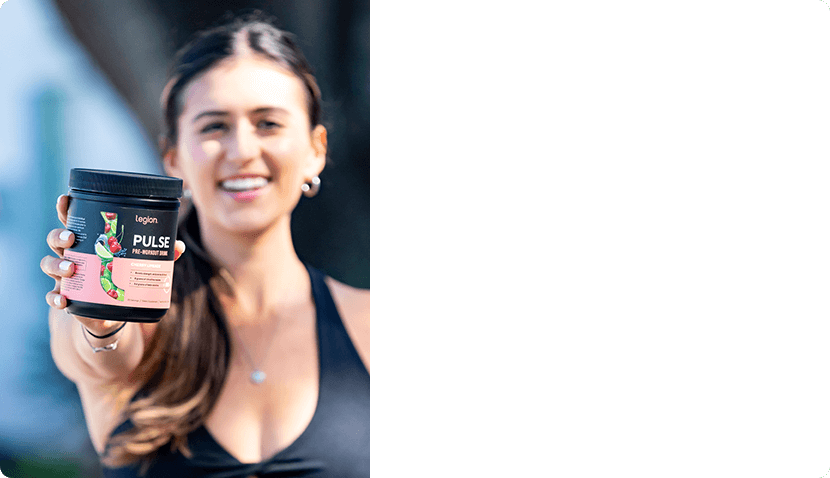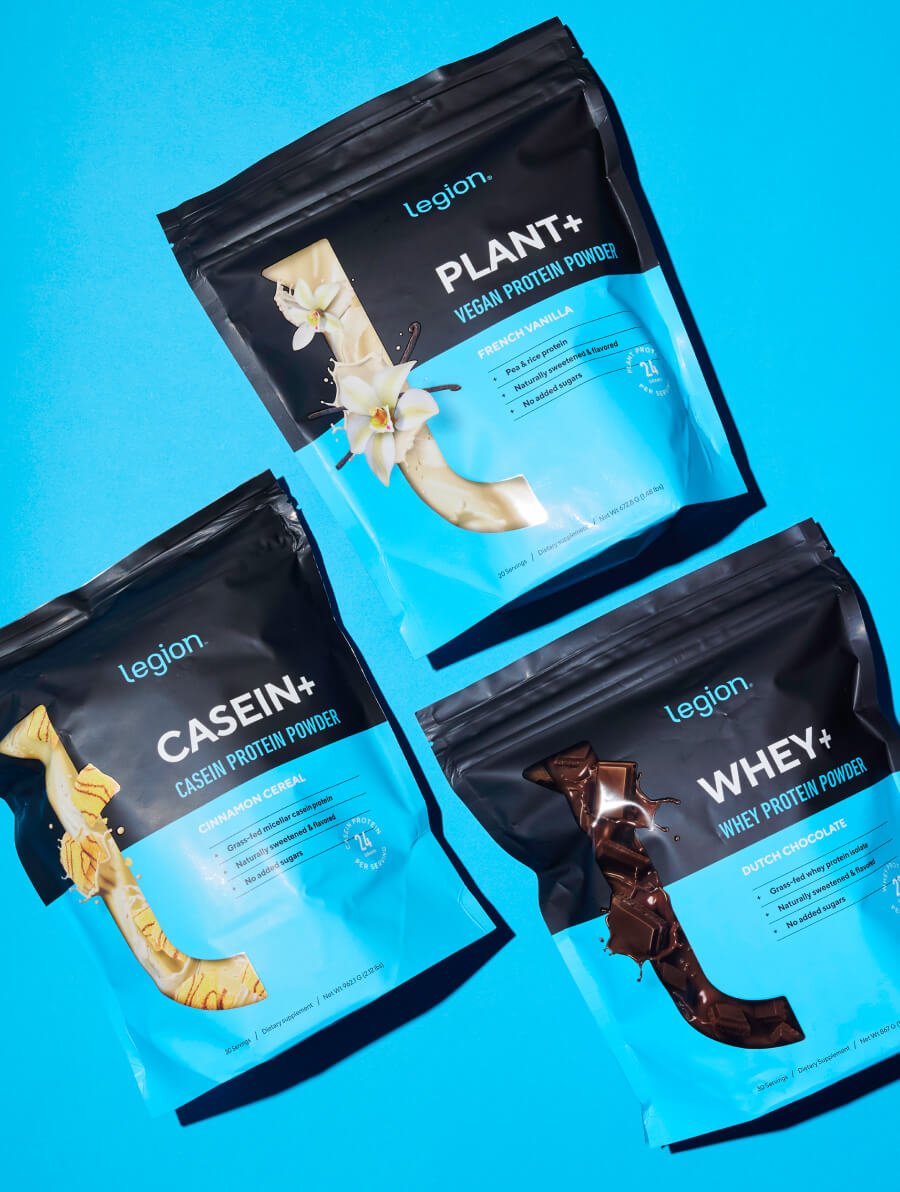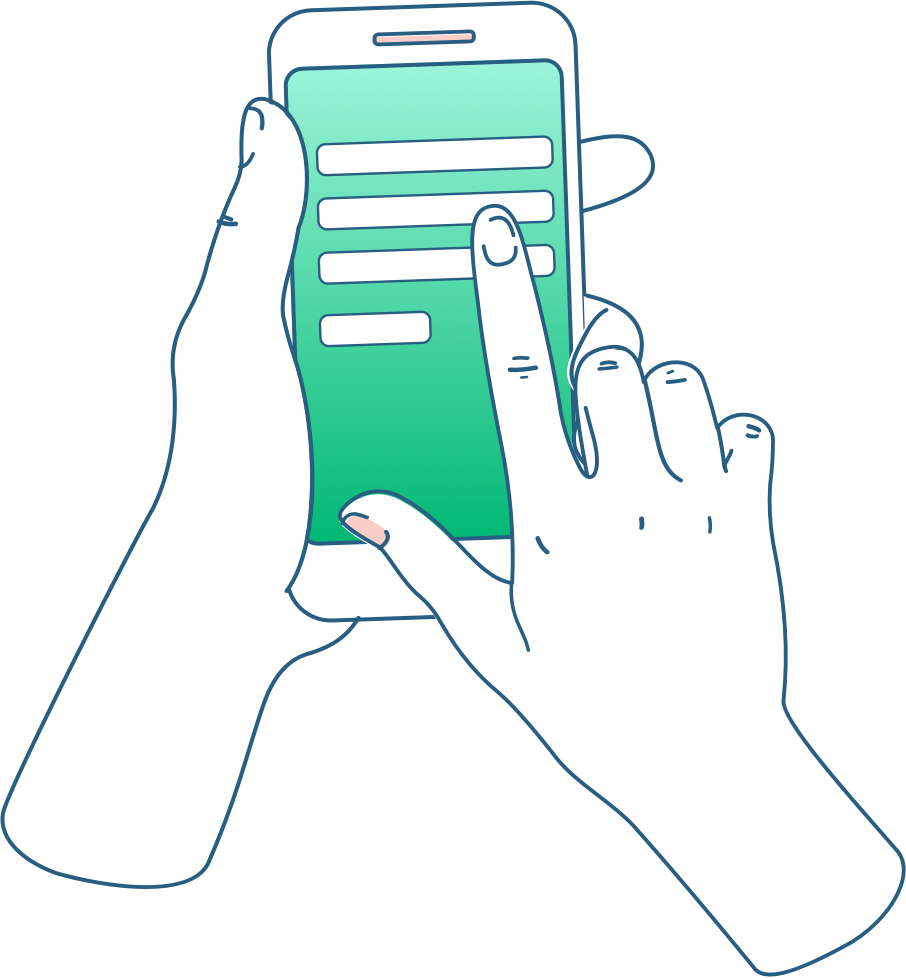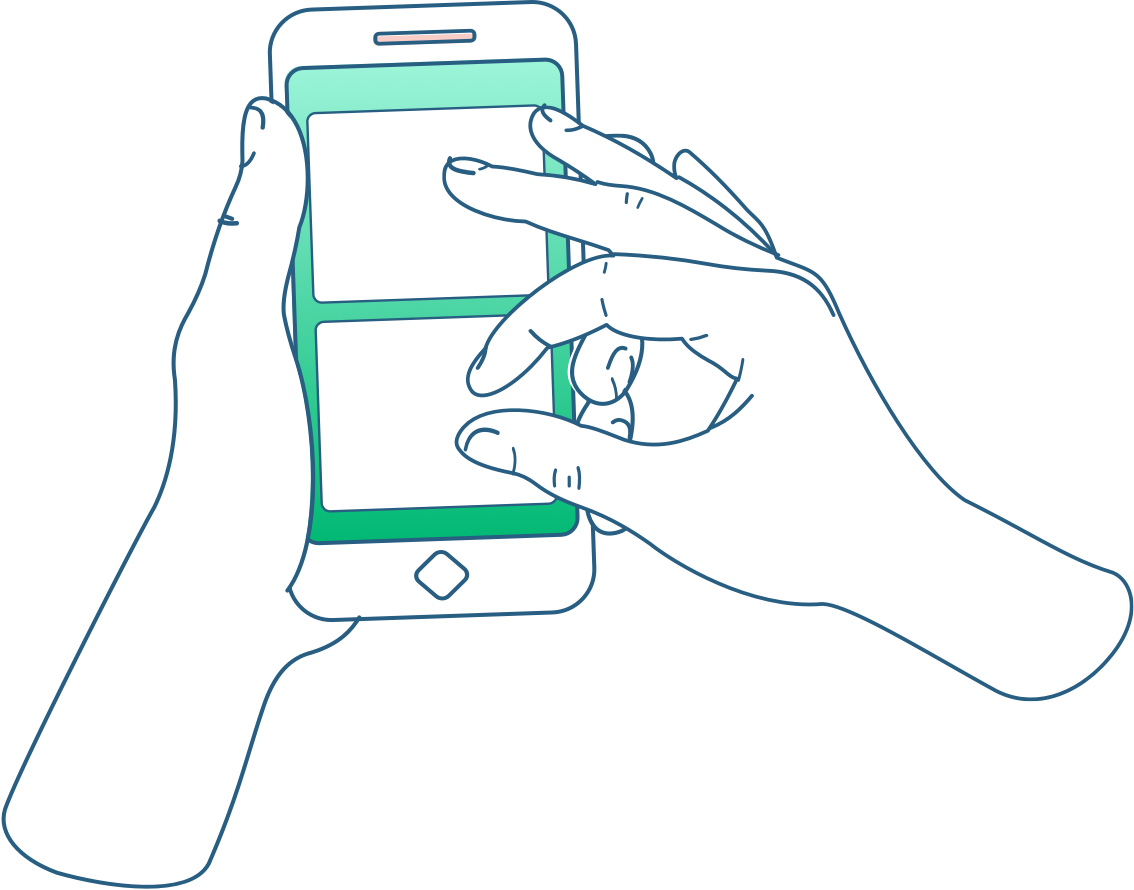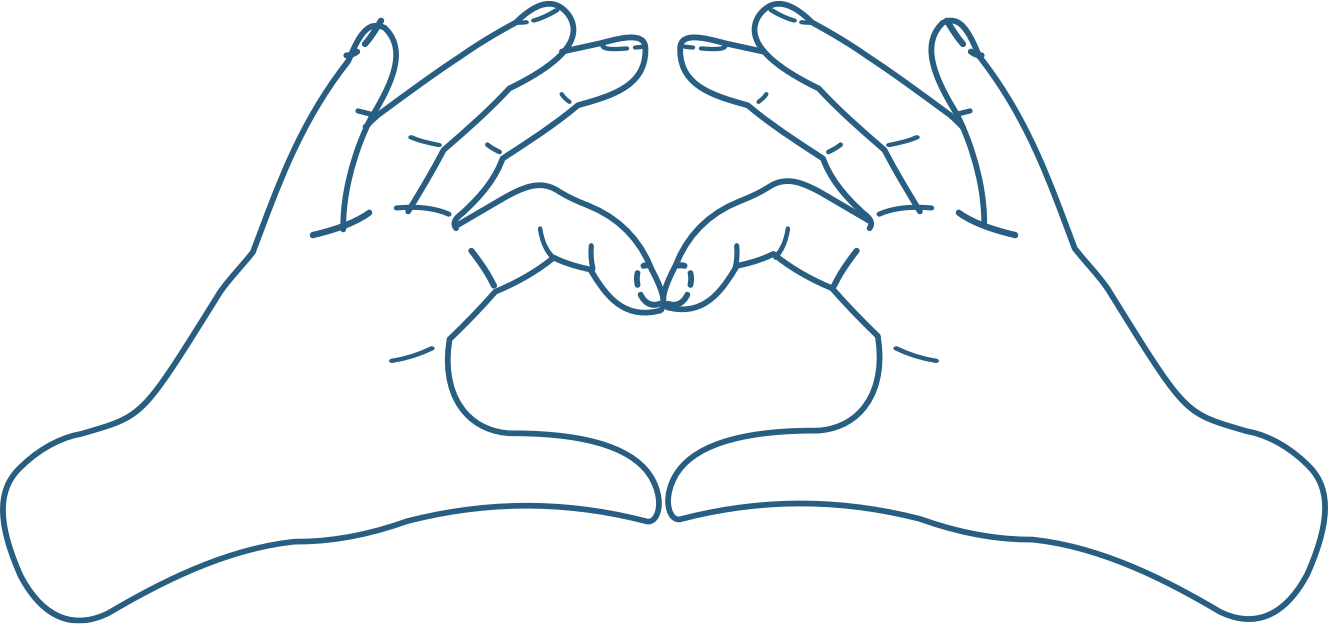Some gymgoers insist creatine causes headaches.
They never suffered before using the supplement, they say, but now that they take creatine, headaches are a regular struggle.
Is this a fair accusation, or is creatine taking the heat for something else?
Here’s the truth: despite decades of research, no study has shown that creatine causes headaches.
So, what’s really going on?
This article uncovers the truth about “creatine headaches,” explores the real reasons you might get a headache after working out, and shares simple tips to help you avoid them.
Key Takeaways
- There’s no evidence that creatine causes headaches.
- If you’ve experienced “creatine headaches,” they’re more likely due to factors like dehydration, fatigue, tension, or overexertion.
- You can prevent headaches while taking creatine by staying hydrated, focusing on recovery, managing your training intensity and caffeine intake, and avoiding training in the heat.
- Creatine probably won’t cure your everyday headaches, but it might help with those caused by traumatic brain injuries.
- Don’t worry about creatine causing migraines—some research suggests it could actually help manage them.
Table of Contents
+
Can Creatine Cause Headaches?
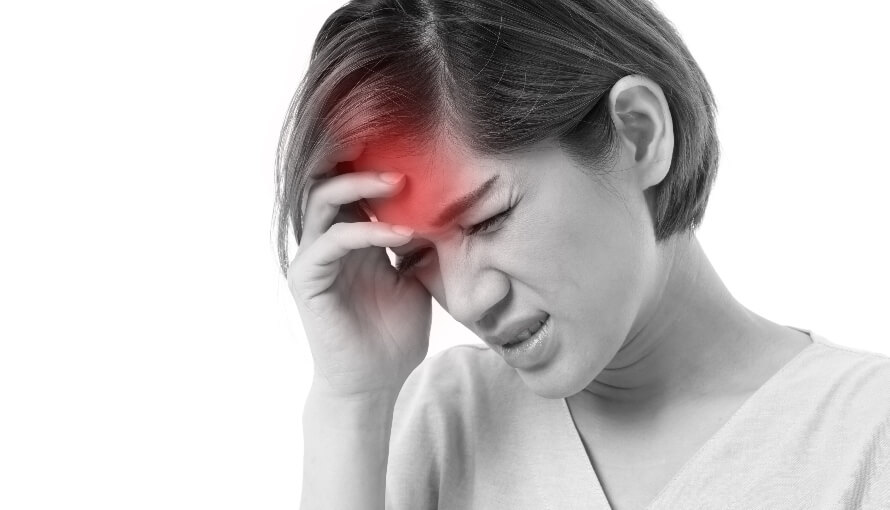
Gymgoers and athletes often take creatine supplements because they help you to train harder for longer.
Like most supplements, however, creatine can have side effects, especially if you take high doses. In most cases, these side effects affect your digestive system, though some people report suffering from creatine headaches.
Despite being one of the most extensively studied supplements in sports nutrition, researchers have never found evidence you can get headaches from creatine.
In fact, aside from its minor gastrointestinal drawbacks, creatine has a near-flawless safety record, even when taking large daily doses for several years.
Why, then, do some people think creatine gives them a headache?
Let’s look at the most likely explanations.
Dehydration
Dehydration can cause headaches. If you take creatine, you’re probably doing intense physical activities like weightlifting or sports, which make you sweat more than usual and increase your risk of becoming dehydrated.
In this case, creatine doesn’t cause the headache. The headache occurs because you didn’t drink enough water to stay hydrated while being active.
READ MORE: The Best Way to Stay Hydrated? Just Drink When You’re Thirsty
Fatigue
Studies show you’re more likely to experience a headache when you’re tired. Creatine doesn’t cause fatigue, but if you’re taking it, you’re probably exercising a lot, which naturally makes you feel more tired.
In other words, being tired from training may make you more likely to suffer a headache, but creatine has nothing to do with it.
READ MORE: The Definitive Guide to Muscle Recovery
Tension
Tense, stiff, or sore muscles can lead to headaches, especially if the tension is in your shoulders, upper back, or neck. This is common for weightlifters, particularly after doing new or intense exercises that train these areas of the body.
Some people blame these headaches on creatine, but they’re actually caused by the tension in your muscles from lifting weights.
Caffeine
Many gymgoers take pre-workout supplements to improve their performance, but these supplements often contain high doses of caffeine, which can cause headaches. If you’re using both creatine and caffeine and get headaches, it’s far more likely that caffeine is to blame, not creatine.
Caffeine can also cause headaches by disrupting your sleep. For example, if you take pre-workout before an evening training session and it keeps you up at night, you’re more likely to wake up with a headache.
Another potential culprit is how your body reacts to changes in caffeine intake. If you regularly consume caffeine and suddenly cut back, your body may react with withdrawal symptoms—including headaches.
Training
When you lift something heavy, you naturally hold your breath and brace your core. You do this to increase intra-abdominal pressure (the pressure inside your abdomen), which stabilizes your torso and protects your spine.
Technically, this bracing is called the Valsalva maneuver, and while it reduces your risk of injuring your spine, it can cause headaches (sometimes referred to as “weightlifter’s headache” or “cough headache”).
These headaches are common among people who regularly lift weights, regardless of whether they take creatine.
READ MORE: The Complete Guide to the Valsalva Maneuver
Heat
Training in hot conditions increases your risk of suffering a heat-related illness—a spectrum of conditions that occur when your body produces more heat than it dissipates.
Headaches are a common symptom of heat-related illness. If you take creatine, you’re more likely to train, and training in the heat can lead to heat-related headaches. However, creatine isn’t the cause.
READ MORE: How to Enjoy Outdoor Workouts Safely
Overexertion
Pushing yourself too hard during exercise can trigger a type of headache called an “exercise headache.”
Since creatine helps you train harder, it might indirectly contribute to these headaches. However, blaming creatine as the cause is a stretch—it’s the intensity of your workout that’s more likely at fault.
READ MORE: Feeling Weak and Tired? You Might be Suffering from Low Energy Availability
How to Prevent Headaches When Taking Creatine
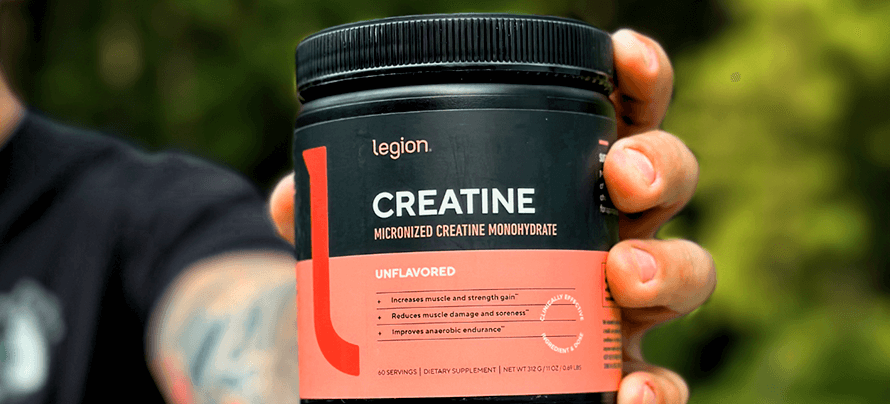
We now know that “creatine headaches” probably aren’t caused by taking creatine. Instead, they’re more likely linked to your training habits, recovery, or diet.
The good news is that this means you don’t need to stop taking creatine. By making a few simple changes to your routine, you can reduce or eliminate headaches entirely.
Here’s how:
- Stay Hydrated: You don’t need to follow a fancy “hydration protocol” to stay hydrated. Simply drink to thirst and no more.
- Prioritize Recovery: Recovering well between workouts is essential for minimizing overall fatigue and preventing stiff, sore, or tense muscles. As a general rule, most people should take two days off strength training each week, and at least one day off all exercise (no cardio or sports, for example).
- Get Plenty of Sleep: Sleeping more is a simple but powerful way to minimize your risk of headaches. Stick to a consistent sleep schedule, aim for 7-to-9 hours of sleep each night, and nap when needed to catch up on missed sleep.
- Monitor Training Intensity: Avoid overexerting yourself by keeping your weekly sets per muscle group to fewer than 15 if you’re new to training or fewer than 20 if you’re more advanced. On each set, leave 1-to-3 reps in the tank.
- Limit Caffeine: Everyone’s tolerance of caffeine is different. Learn how much you can take without experiencing side effects, then stay within your limits. Using a “stim-free pre-workout” can be a useful way to avoid taking too much caffeine.
- Be Mindful of Heat: If you’re training in hot or humid conditions, wear lightweight, breathable clothing to avoid overheating.
Can Creatine Cure Headaches?
There’s no evidence that creatine cures everyday headaches. However, one small study found that taking creatine greatly reduced headaches, dizziness, and fatigue in children and teenagers recovering from traumatic brain injury (TBI).
How creatine relieved headaches in this study wasn’t completely clear, but the researchers believed it was likely linked to how it supports energy production in the brain, which may help repair damage from trauma.
While these results are promising for TBI-related headaches, they don’t suggest that creatine has the same effect on headaches caused by other factors like dehydration, fatigue, or tension.
Can Creatine Cause Migraines?
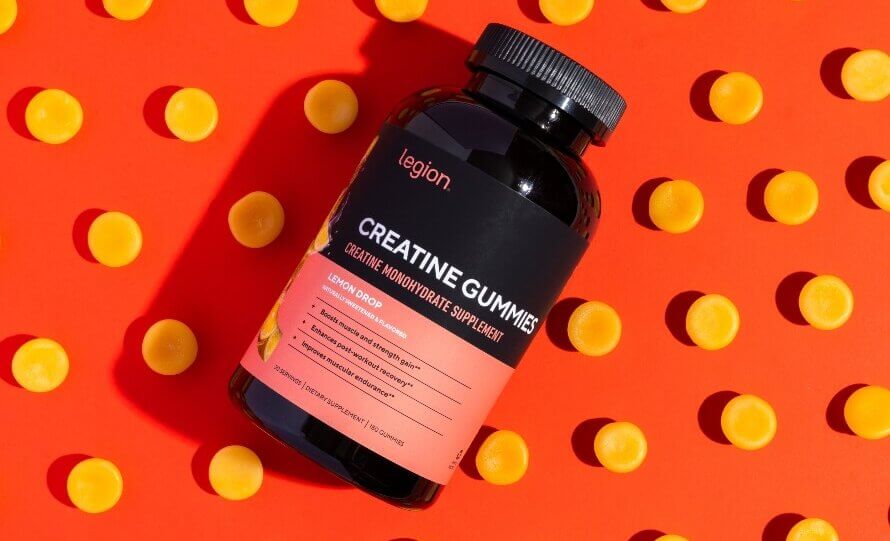
Just as some people believe creatine causes headaches, others wonder if there’s a connection between creatine and migraines.
The short answer?
There’s no evidence that creatine causes migraines.
In fact, research shows migraines are often linked to changes in brain energy metabolism, including reduced brain creatine levels. Since taking creatine helps maintain high levels in the brain, some studies suggest taking it is more likely to help manage migraines than cause them.
For now, there’s no reason to believe creatine triggers migraines, but we need more research to fully understand its effects.
FAQ #1: Does the type of creatine you take affect headaches?
There’s no evidence that different types of creatine—such as creatine monohydrate, creatine HCL, or creatine malate—affect headaches differently. The same applies to the form of creatine, whether it’s powder, pills, or gummies.
If you’re getting headaches while taking creatine, the cause is likely your training, diet, or recovery habits rather than the creatine itself.
FAQ #2: Can starting creatine suddenly cause headaches?
Starting creatine doesn’t directly cause headaches, but it can influence your training habits. Because creatine enhances strength, power, and endurance, many people push themselves harder when they start using it, thinking they can handle much more.
However, this can sometimes lead to overexertion, which increases the likelihood of developing a headache.
FAQ #3: Should you stop taking creatine if you get headaches?
Not necessarily. If you’re experiencing headaches while using creatine, focus on addressing common triggers like dehydration, overtraining, or poor sleep and recovery. These factors are infinitely more likely to cause headaches than creatine.
Scientific References +
- Buford, Thomas W, et al. “International Society of Sports Nutrition Position Stand: Creatine Supplementation and Exercise.” Journal of the International Society of Sports Nutrition, vol. 4, no. 1, 30 Aug. 2007, p. 6, www.ncbi.nlm.nih.gov/pmc/articles/PMC2048496/, https://doi.org/10.1186/1550-2783-4-6.
- Kreider, Richard B., et al. “International Society of Sports Nutrition Position Stand: Safety and Efficacy of Creatine Supplementation in Exercise, Sport, and Medicine.” Journal of the International Society of Sports Nutrition, vol. 14, no. 1, 13 June 2017, pubmed.ncbi.nlm.nih.gov/28615996/, https://doi.org/10.1186/s12970-017-0173-z.
- Antonio, Jose, et al. “Common Questions and Misconceptions about Creatine Supplementation: What Does the Scientific Evidence Really Show?” Journal of the International Society of Sports Nutrition, vol. 18, no. 1, 8 Feb. 2021.
- Arca, Karissa N., and Rashmi B. Halker Singh. “Dehydration and Headache.” Current Pain and Headache Reports, vol. 25, no. 8, 15 July 2021, https://doi.org/10.1007/s11916-021-00966-z.
- Fakhrur Rozi, et al. “The Relationship between Fatigue and the Incidence of Tension-Type Headache in the First Semester Resident Doctors of the Faculty of Medicine Universitas Sumatera Utara.” Journal of Society Medicine, vol. 2, no. 6, 2023, pp. 207–213, jsocmed.org/index.php/go/article/view/54, https://doi.org/10.47353/jsocmed.v2i6.54. Accessed 23 Jan. 2025.
- Barloese, M, et al. “Cluster Headache and Sleep, Is There a Connection? A Review.” Cephalalgia, vol. 32, no. 6, 9 Mar. 2012, pp. 481–491, https://doi.org/10.1177/0333102412441090. Accessed 9 May 2021.
- Ahmed, Fayyaz. “Headache Disorders: Differentiating and Managing the Common Subtypes.” British Journal of Pain, vol. 6, no. 3, Aug. 2012, pp. 124–132, https://doi.org/10.1177/2049463712459691.
- Shah, Nihir, and Sajid Hameed. “Muscle Contraction Tension Headache.” PubMed, StatPearls Publishing, 2023, www.ncbi.nlm.nih.gov/books/NBK562274/.
- Nowaczewska, Magdalena, et al. “The Ambiguous Role of Caffeine in Migraine Headache: From Trigger to Treatment.” Nutrients, vol. 12, no. 8, 28 July 2020, p. 2259, https://doi.org/10.3390/nu12082259.
- Jennum, Paul, and Rigmor Jensen. “Sleep and Headache.” Sleep Medicine Reviews, vol. 6, no. 6, Dec. 2002, pp. 471–479, www.deepdyve.com/lp/elsevier/sleep-and-headache-9oy4DVypGX, https://doi.org/10.1053/smrv.2001.0223. Accessed 19 Oct. 2019.
- Calandre, L, et al. “Benign Valsalva’s Maneuver-Related Headache: An MRI Study of Six Cases.” Headache, vol. 36, no. 4, Apr. 1996, pp. 251–3, pubmed.ncbi.nlm.nih.gov/8675432/, https://doi.org/10.1046/j.1526-4610.1996.3604251.x.
- Ferrante, Enrico. “P040. Primary Valsalva Maneuver Headache without Primary Cough Headache.” The Journal of Headache and Pain, vol. 16, no. S1, 28 Sept. 2015, https://doi.org/10.1186/1129-2377-16-s1-a130. Accessed 11 Dec. 2019.
- Armstrong, Lawrence E., et al. “Exertional Heat Illness during Training and Competition.” Medicine & Science in Sports & Exercise, vol. 39, no. 3, Mar. 2007, pp. 556–572, pubmed.ncbi.nlm.nih.gov/17473783/, https://doi.org/10.1249/mss.0b013e31802fa199.
- Upadhyaya, Parth, et al. “Primary Exercise Headache.” Current Neurology and Neuroscience Reports, vol. 20, no. 5, 15 Apr. 2020, https://doi.org/10.1007/s11910-020-01028-4. Accessed 29 Apr. 2020.
- Sakellaris, George, et al. “Prevention of Traumatic Headache, Dizziness and Fatigue with Creatine Administration. A Pilot Study.” Acta Paediatrica, vol. 97, no. 1, 3 Dec. 2007, pp. 31–34, https://doi.org/10.1111/j.1651-2227.2007.00529.x.
- Ostojic, Sergej M. “Creatine Loading for Chronic Migraine?” Cephalalgia, vol. 40, no. 8, 2 June 2020, pp. 878–879, https://doi.org/10.1177/0333102420931055. Accessed 5 May 2023.
- Camic, Clayton L, et al. “The Effects of Polyethylene Glycosylated Creatine Supplementation on Muscular Strength and Power.” Journal of Strength and Conditioning Research, vol. 24, no. 12, Dec. 2010, pp. 3343–3351, https://doi.org/10.1519/jsc.0b013e3181fc5c5c.

